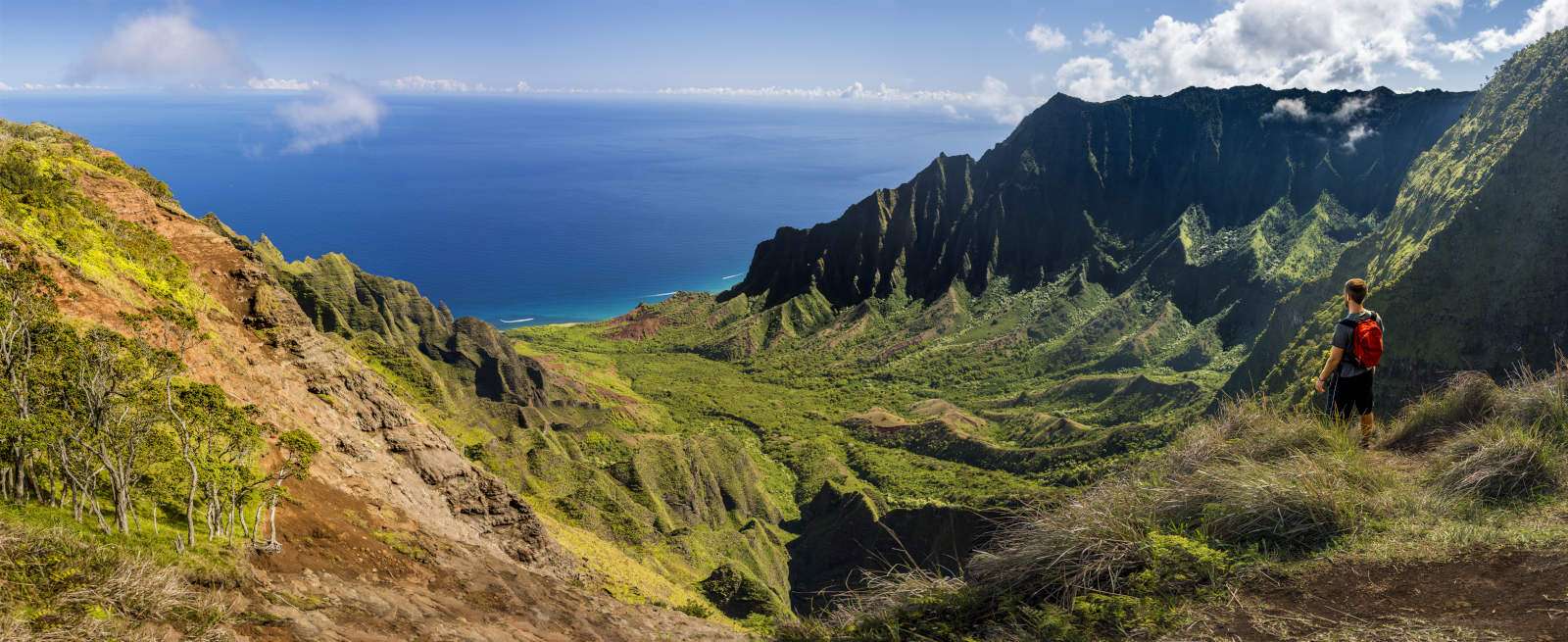Mountaineering Tips - Essential safety, Equipment and Camping Gear
Wiki Article
Walking Tips - Safety, Equipment and Hiking Gear

When you Look At This discuss hiking, it does not really mean you have to go for something as outlandish and also extreme as the Appalachian Trail. It can be for the reason that simple as taking a walk through a natrual enviroment or up some hill in your neighborhood's vicinity. For the most part, walking will cost you nothing to very little and is a superb stress reliever. Truly, the mental in addition to physical benefits you can get yourself from hiking ensure you can live a much more fruitful and pleased life.
But despite the fact hiking can be interesting, there are also a number of tips and survival tips one must take into consideration to avoid danger together with stay safe. Among the list of more important recommendations is for one to rise in a group. It's much safer so that you can hike in a party especially if it is on the nature trail that you're unaccustomed to.
Mountaineering with Friends
Your support and Going Here reason obtained from the party will help you in those times when you might think from packing up abandoning. Actually, even when you are hiking on path you are used to, it does not hurt to bring no less than one person along since this is a natural prevention to anyone on the trail that may be skulking with ill purpose.
You also must acquire precautions when mountaineering up and down a pile. On the ascent, it's best to loosely lace a person's boots around ones ankles to provide a lot of room for movement. When going alpine, you need to avoid playing your toes just by placing your high heel sandals in the back of the boots and tightly tying your laces for the ankles while allowing them loose at the toes.
Use a camping out stick or traipsing pole. These sticks help with balance and additionally stability when increasing or down an incline. They also provide an additional support for your legs, reduce the leg pressure and help you support the upper overall body especially when you start on a long trek.
Bring Water
Always More Info consider your own water. For everybody who is sure there will be h2o at your destination, have just slightly above sufficient water to help last until you arrive. Water is of greater importance as opposed to food to your your survival. Always filter every water you find over the trail and that you will be in need of using -- unless the water is normally from a natural springtime. If you can fix a protracted drinking straw to the water bottle to help you to drink as you proceed, the better.
Dress in clleular layers in order to ensure you maintain the proper body temperature by using changes in environment. The weather can change noticeably when you are out on long hike and you need be prepared for all version of weather conditions. Avoid organic and natural clothing because it has moisture for very long stretches. Use polypropylene as well as other synthetic materials. You must wear dark clothing because they dry quicker. Wear light colored clothing if you're walking in areas referred to for their tick pests.
It's also important that a person watch out for sunstroke when ever hiking in the scorching sun. If you work toward hiking in the summer time then you must be aware of the fact that exposure to high temperature can cause excessive fluid decrease which may lead to heat exhaustion, or within serious cases perhaps to a heat cva. Wear a head wear that is broad rimmed and that has a strap. It gives far better protection from hot wind and direct sunlight.
Hiking Boots along with Equipment
Of all the hiking gear and gear you need, your camping boots are probably the main. Good boots supply you with traction and sustain throughout the hike. A good pair of boots will not need to be overly overpriced even though you should not skimp on quality in the name of reduced overall cost. It is better that you purchase a boots from a car dealership who is conversant with the standards required with outdoor wear. Footwear vary from lightweight meant for light hiking so that you can heavy boots which can be more durable and sustain the feet and ankles. The features you need to look out for when investing in your hiking " booties " include water level of resistance, weight of the sneaker, the price, the feet groove for crampons, the width involving toe box and also the gusseted tongue.
Above and beyond your hiking footwear, there are other forms involving equipment needed for everyone hike. If you anticipate embarking on a day increase, you will need hiking socks, water purifying capsules (if you are not taking your own water), some sort of back pack, walking stay, traction devices, rescue beacons, signaling gear, Avalanche probes (if you will be on excellent skiing conditions covered hilly terrain), jackets, binoculars, first-aid kit, a compass, sunscreen and meals. For an overnight backpack, you will require a camping tent, sleeping bag, stay stoves, rain gear, matches, a Europe army knife, as well as a flashlight.
Get a road of the route you've planned on taking. If you ever plan to hike by itself or with one another person, notify your family (or a ranger in case you are hiking through a park) on the place where by you will be and the period you expect to return. This way, someone can come looking for you if you are around trouble or just easily lost.